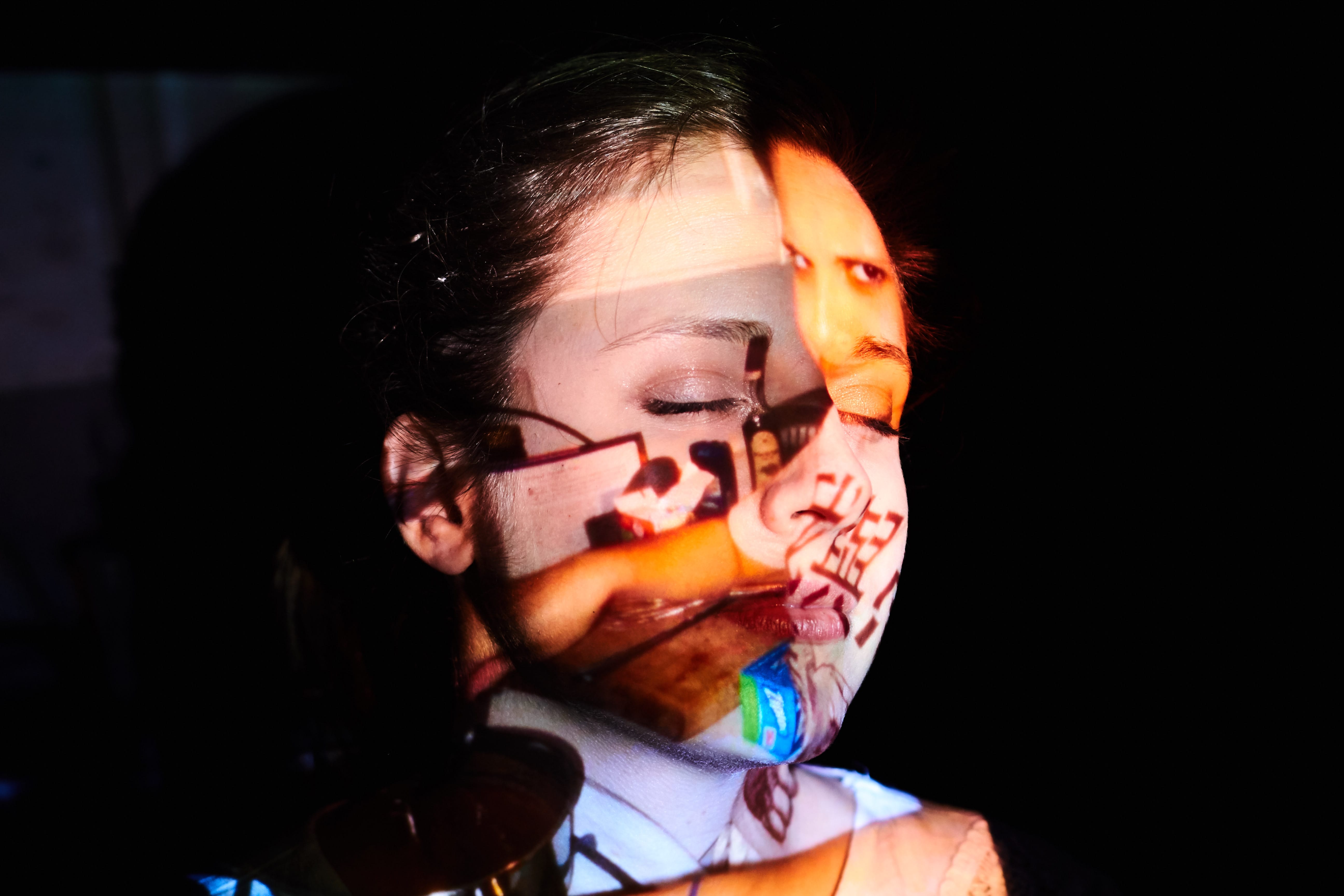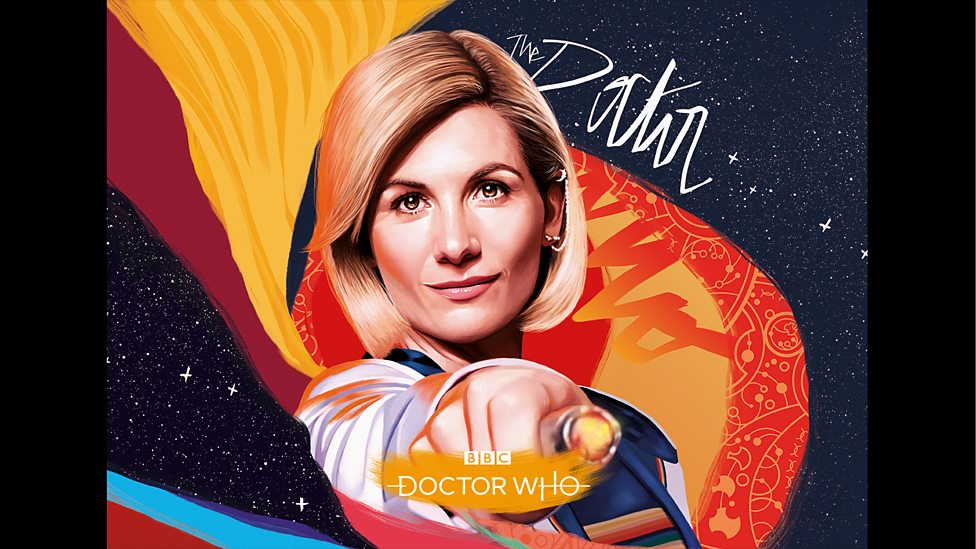Katie Dale-Everett’s Digital Tattoo came to the Attenborough Centre last Tuesday, blending dance, projection and interactive theatre to critique our increasingly dependent relationship with social media.
The first, and stronger, half of the show invited ten members of the audience onstage, and asked them to wander about while using (and not taking their eyes off of) their smartphones. A cool voice instructed the participants to move about the stage and perform certain actions depending on their answers to a series of questions about their social media use.
The performance that emerged as a result was engaging and eye-opening. The flow of the participants was visually striking, and the responses evoked feelings of sadness, humour and uncertainty. What was most refreshing about it, and indeed what the second half of the performance lacked, was the freedom of the audience to make their own judgements, to interpret the findings of our little investigation as negative or positive or somewhere in between. We were not being lectured at, rather invited to see the facts as they were innovatively displayed before us.
The interactive segment was held back however by a lack of diversity amongst the participants. This particular performance was attended by a large number of drama students at the University of Sussex due to it being studied in one of their modules, and as such all of the participants fell into the same demographic. As a result, many of the responses were unanimous and predictable, not demonstrating the multitude of ways in which the British public interacts with social media.
The latter half of Digital Tattoo was a contemporary dance piece performed by Jonathan Mewett and Sophia Sednova, which told of two people falling in love and forming a relationship, which begins to fall apart when an embarrassing drunken video of one of them goes viral. The dance was cleverly interwoven with images and videos projected onto the performers’ bodies, symbolising what Dale-Everett describes as “digital tattoos”: physical marks that our online journeys leave behind.
Mewett and Sednova danced with precision, passion and great chemistry, although there was a slight emotional disconnection between the audience and the performers themselves. Neither the projections nor the choreography told us anything about the characters outside of their newfound attraction for one another, and later for their embarrassing drunken antics, making them feel a little unsympathetic – not, I don’t think, what was intended.
While the use of projections was innovative and refreshing, I couldn’t help but feel it was a little underplayed, and not used to its full potential. The crescendo of the performance, where images from the pairs’ digital past flashed over their slowly moving bodies like a flipbook, most acutely captured the concept of the digital tattoo as I saw it, in its multitude of feelings and impacts. However, most of the performance came across as a bit straightforward and didactic, falling a little too close to preachy for me to gleam much enjoyment.
While the use of mediums, both the interplay of dance and projection, as well as the exciting interactive theatre segment, is intriguing and unique, Digital Tattoo struggles to say something new in such an oversaturated and hyperbolic conversation as that of social media.
Featured Image: Luke Lebihan





